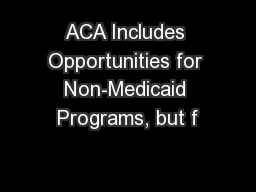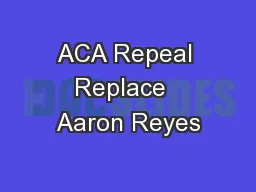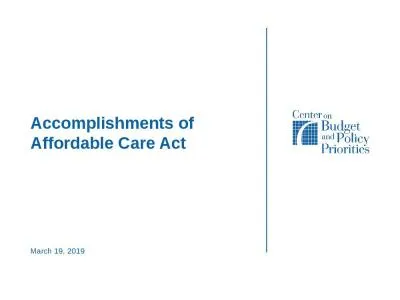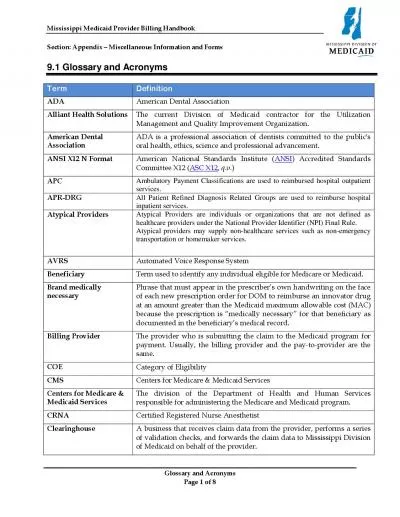PPT-Becoming More Aware of the ACA/Medicaid Impact on Insurance Billing
Author : kittie-lecroy | Published Date : 2019-12-13
Becoming More Aware of the ACAMedicaid Impact on Insurance Billing Presented by Beverly Remm Orion Healthcare Technology Medicaid Background Affordable Care Act
Presentation Embed Code
Download Presentation
Download Presentation The PPT/PDF document "Becoming More Aware of the ACA/Medicaid ..." is the property of its rightful owner. Permission is granted to download and print the materials on this website for personal, non-commercial use only, and to display it on your personal computer provided you do not modify the materials and that you retain all copyright notices contained in the materials. By downloading content from our website, you accept the terms of this agreement.
Becoming More Aware of the ACA/Medicaid Impact on Insurance Billing: Transcript
Download Rules Of Document
"Becoming More Aware of the ACA/Medicaid Impact on Insurance Billing"The content belongs to its owner. You may download and print it for personal use, without modification, and keep all copyright notices. By downloading, you agree to these terms.
Related Documents














